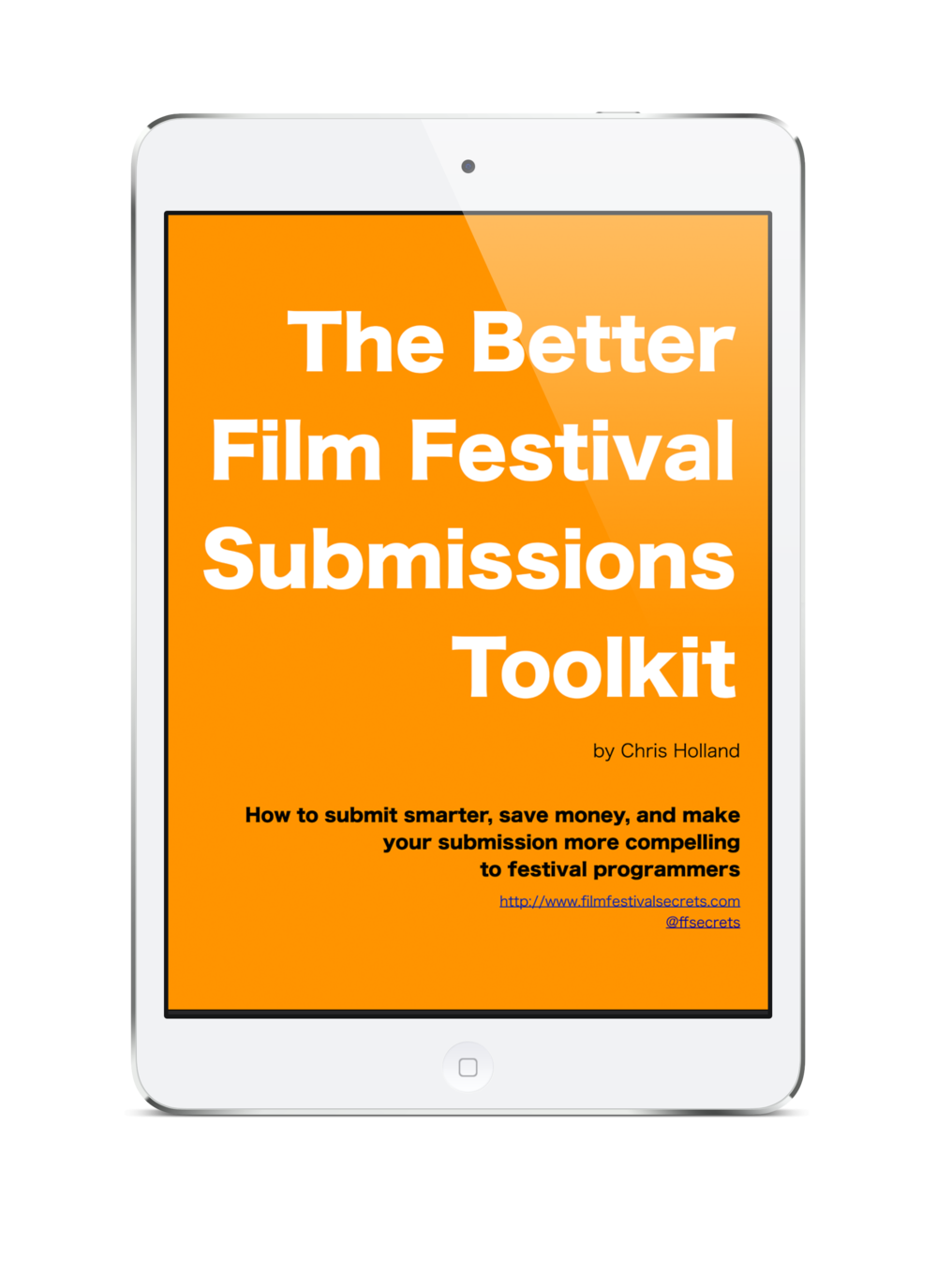Over the last couple of weeks I've had one of those weird occurrences of synchronicity -- the same question keeps popping up from filmmakers in different places on the web. (In the case of the Withoutabox message boards, it popped up twice in the same place within a few days.) The question concerns the DVDs (or more likely the burned DVD-Rs) that filmmakers send in as their submission screeners, and what happens when the festival can't play it. With varying levels of panic, the question goes something like this:
If you can't play my DVD, is my film disqualified? Will you notify me so I can send you a replacement? I've heard horror stories from other filmmakers about festivals that just throw the disks away and move on.
My first reaction was to downplay this reaction as ridiculous -- of course festivals (at least the vast majority of reputable festivals) don't just throw away bad disks without notifying the submitting filmmaker. A screw-the-filmmaker attitude like that would surely creep into other, more noticeable portions of the business and, filmmakers being a fairly tight bunch, word would get around. The more I thought about it, though, the more I realized that it would be a fairly easy rumor to believe. Submitting filmmakers don't get much communication from festivals until they get a yes or a no. Wouldn't it be easy for festival staffers to think of those filmmakers as a faceless mass of entrants -- and who cares if a film or two falls through the cracks?
The reality though, is that festival staffers are often filmmakers or former filmmakers themslves, and they care enough about the process to make the effort -- at least once.
I put the question as phrased above to Andrew Rodgers, Executive Director of the RiverRun International Film Festival:
Wow. Some festivals might do that. We don't. We will always email the filmmaker and suggest that they send in another disk. It will probably just be an email though, we won't spend a lot of time tracking down a filmmaker by phone, particularly if they are outside the U.S.
And to Bekah Macias, Festival Producer of the San Diego Film Festival, who said:
If we come across a DVD that will not play the screener will alert the Programmer immediately. I take it and email the filmmaker right away so they have a chance to send a new one. If I don't hear back from them by the time we begin making selections I throw it out. I usually do not make more than one attempt at contacting them. The closer it gets to the submission deadline the less likely they will waste their time trying to get a replacement.
If you can find a festival director who admits to a radically different policy, I'd like to know about it.
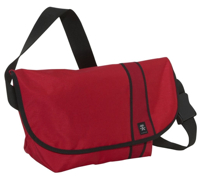
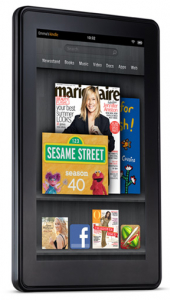
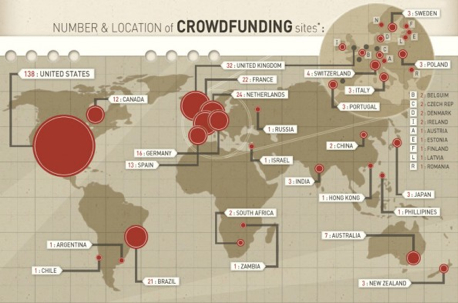
 Since 2007 the
Since 2007 the 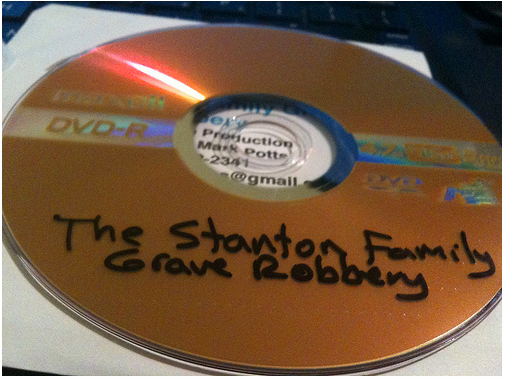
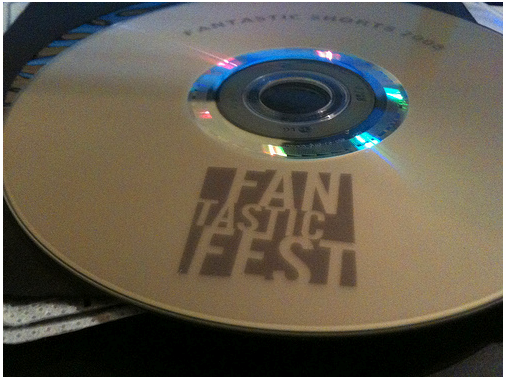
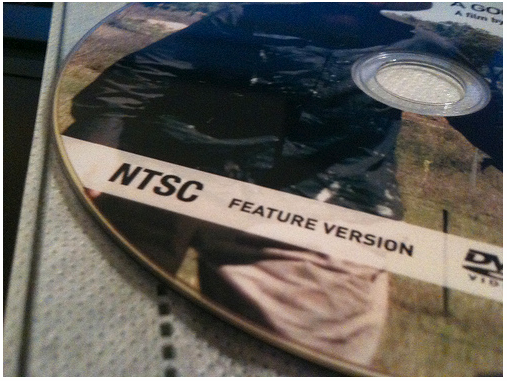

 Things have been a bit quiet around here lately because it's been all hands on deck for the launch of
Things have been a bit quiet around here lately because it's been all hands on deck for the launch of 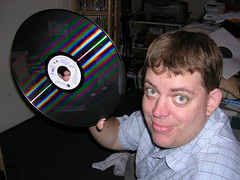
 Good news for indie filmmakers - YouTube is opening its doors to long-form independent films. While it's not quite a free-for-all yet, it does bode well for those filmmakers who want to promote their films by giving them away as streaming video. As
Good news for indie filmmakers - YouTube is opening its doors to long-form independent films. While it's not quite a free-for-all yet, it does bode well for those filmmakers who want to promote their films by giving them away as streaming video. As 
